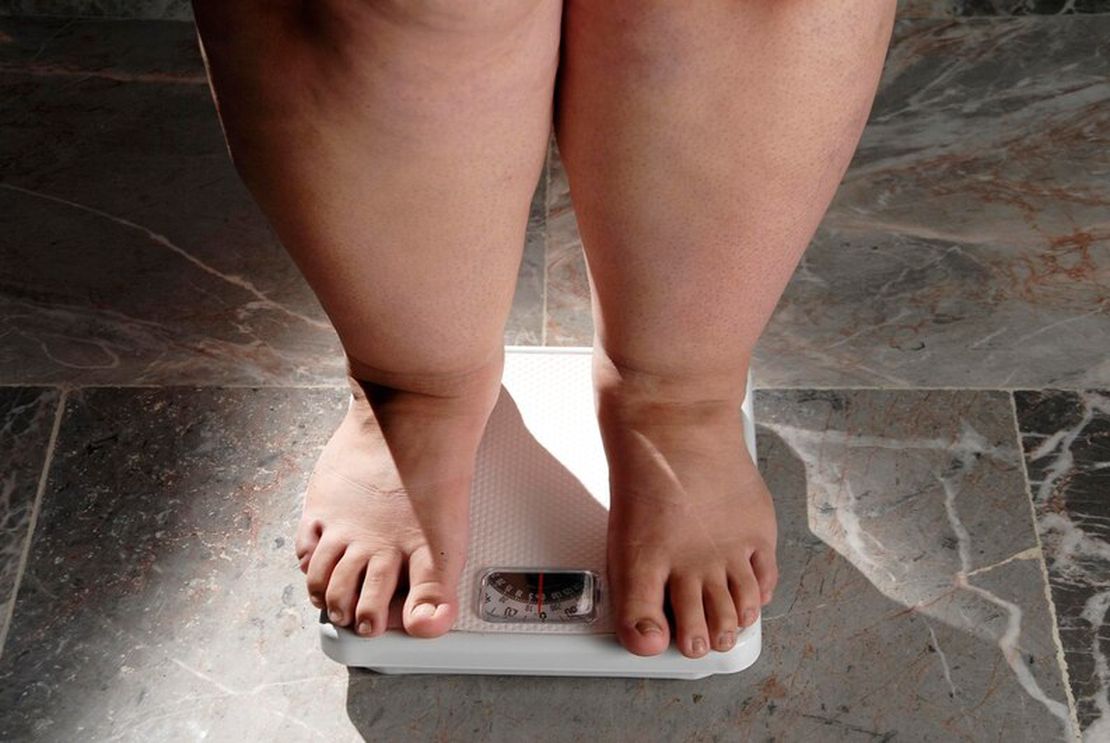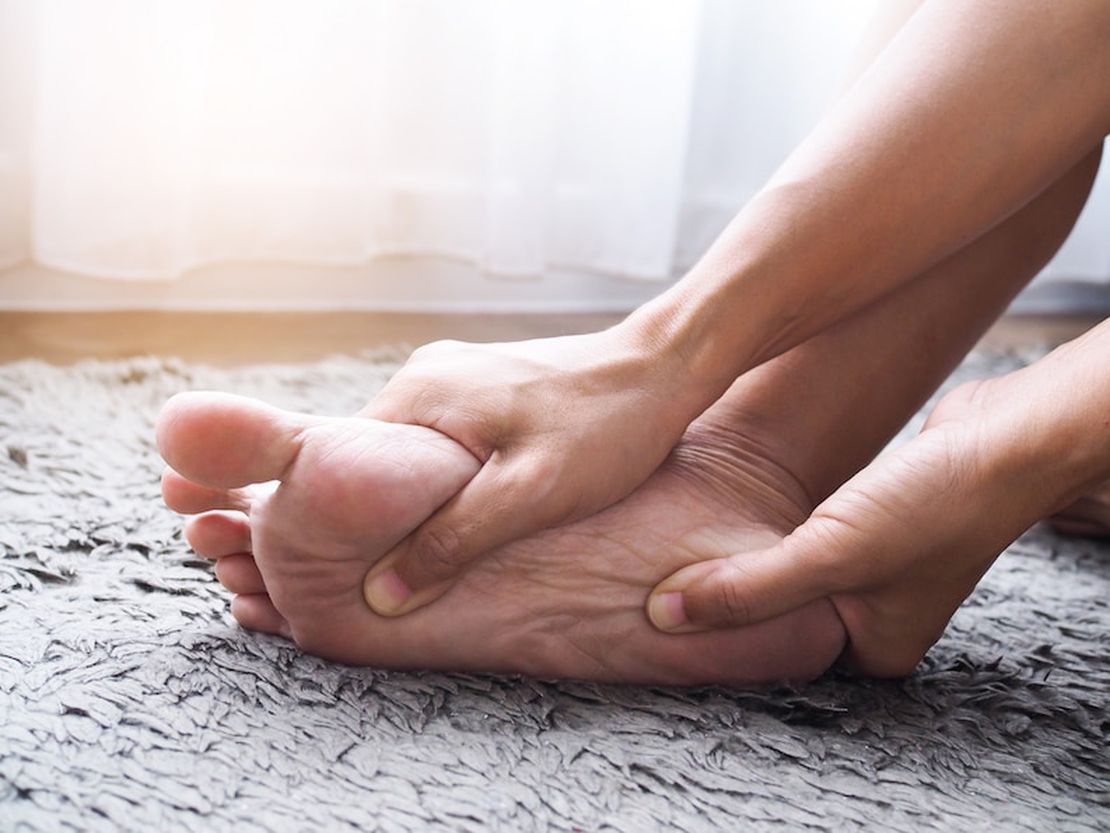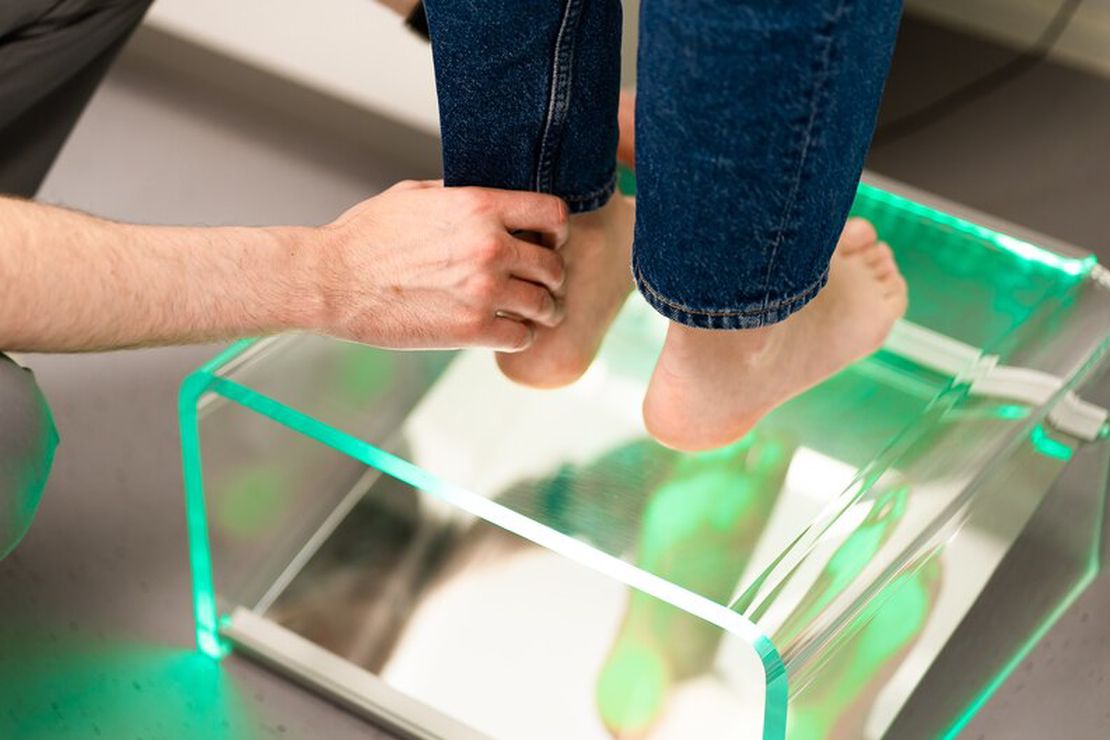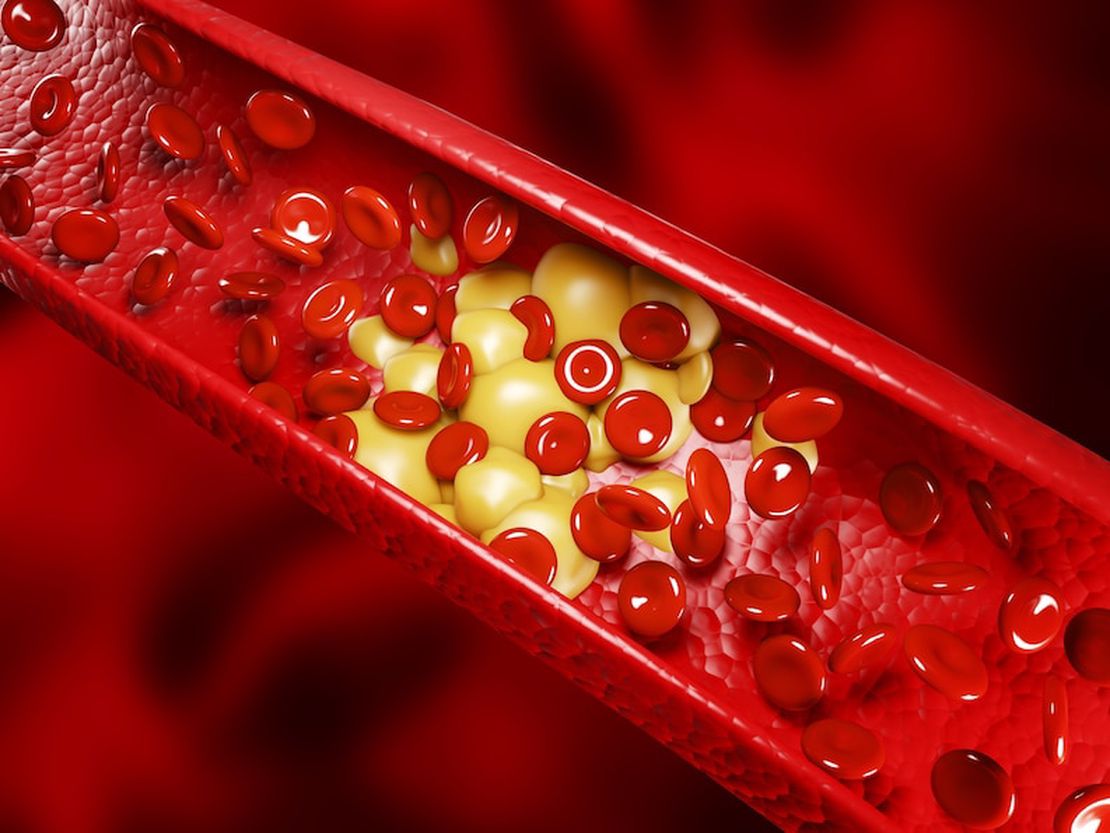Proper nutrition for patients with diabetic foot wounds is critical for accelerating wound healing and maintaining general health. In this article, we will provide detailed information about how patients with diabetic foot wounds should eat, which foods support wound healing, and how to create a nutrition plan.
You can read our article What Happens When Diabetes Affects the Feet? to get basic information about diabetic foot.
What is a Diabetic Foot Wound?
A diabetic foot wound is a skin wound that occurs in diabetic patients as a result of uncontrolled blood sugar for a long time, is difficult to heal and is prone to infection. Due to nerve and vascular damage, loss of sensation in the feet, poor circulation and risk of infection increase. This condition is among the most common and time-consuming to treat among diabetic foot symptoms. As emphasized in diabetic foot treatment centers in Istanbul, regular blood sugar monitoring, foot hygiene and appropriate shoe use play a critical role in preventing diabetic foot formation.
Why is Nutrition Important for Patients with Diabetic Foot Wounds?
Nutrition in patients with diabetic foot wounds is of great importance both for accelerating the wound healing process and for maintaining general health. With proper nutrition, the immune system is strengthened, tissue repair is supported and the risk of infection is reduced. Additionally, keeping blood sugar levels in balance directly affects wound healing.
Benefits of nutrition:
- Accelerates wound healing
- Strengthens the immune system
- Reduces infection risk
- Balances blood sugar
- Protects general health
Nutrition Recommendations for Patients with Diabetic Foot Wounds
1. Keep Blood Sugar Under Control
The healing of diabetic foot wounds depends on good control of blood sugar levels. It is necessary to follow the diet plan recommended by the specialist and prefer foods with low glycemic index where carbohydrates are distributed in balance. Instead of white bread, rice and sugary foods, whole grains, legumes and vegetables should be preferred.
Recommended foods:
- Whole grain bread
- Oatmeal
- Legumes
- Vegetables
- Low glycemic index fruits
2. Get Adequate and Quality Protein
Protein is an essential nutrient for tissue and wound healing. Protein sources such as chicken, fish, eggs, dairy products, legumes and tofu should definitely be included in daily nutrition. Protein needs especially increase during the wound healing process. In case of deficiency, protein supplements can be used with doctor’s recommendation.
Protein sources:
- Lean meat (chicken, turkey)
- Fish (salmon, tuna)
- Eggs
- Dairy products
- Legumes
- Tofu
3. Consume Foods Rich in Antioxidants
Antioxidants support healing by reducing the harmful effects of free radicals. Colorful vegetables (carrots, red peppers, broccoli), fruits (blueberries, oranges, pomegranates), green leafy vegetables, walnuts and almonds are rich in antioxidants. These foods strengthen the immune system and reduce the risk of infection.
Antioxidant sources:
- Colorful vegetables
- Blueberries, strawberries
- Oranges, pomegranates
- Green leafy vegetables
- Walnuts, almonds
4. Pay Attention to Adequate Fiber Intake
Fiber foods help regulate blood sugar and support digestive health. Whole grains, oatmeal, dried legumes, vegetables and fruits are rich sources of fiber. Fiber foods increase satiety and prevent blood sugar fluctuations.
5. Prefer Healthy Fats
Olive oil, avocado, fish containing omega-3 fatty acids such as salmon, nuts such as walnuts and almonds are healthy fat sources. These fats both protect heart health and support wound healing by reducing inflammation.
Healthy fat sources:
- Olive oil
- Avocado
- Salmon, tuna
- Walnuts, almonds
- Chia seeds
6. Limit Sodium Intake
Since swelling may occur in diabetic foot wounds, it is important to limit sodium intake. Processed foods, salty snacks and fast food containing high sodium should be avoided. Excess salt can cause edema in the body.
7. Vitamin and Mineral Support
Vitamin C, zinc and vitamin A play an important role especially in wound healing. Fruits such as oranges, kiwis, strawberries are rich in vitamin C. Red meat, pumpkin seeds and seafood are sources of zinc. Carrots, spinach and eggs contain vitamin A. Vitamin-mineral supplements can be taken with doctor’s recommendation if necessary.
Important vitamins and sources:
- Vitamin C: Oranges, kiwis, strawberries, broccoli
- Zinc: Red meat, pumpkin seeds, seafood
- Vitamin A: Carrots, spinach, eggs
- Vitamin E: Almonds, sunflower seeds, olive oil
8. Adequate Fluid Consumption
Not being dehydrated is necessary for tissue repair and general health. Care should be taken to drink at least 1.5-2 liters of water per day. Sugary drinks should be avoided, healthy drinks such as herbal teas and ayran should be preferred.
Practical Nutrition Tips for Patients with Diabetic Foot Wounds
Daily nutrition recommendations:
- Don’t skip meals, eat at regular intervals
- Pay attention to portion control
- Prefer fresh and natural foods, stay away from processed foods
- Avoid alcohol and smoking
- Create your nutrition plan with a dietitian or doctor
Foods to avoid:
- Sugary drinks
- White bread and flour products
- Processed foods
- High salt foods
- Fast food
You can visit our treatment methods page for more detailed information about diabetic foot treatment.
Conclusion and Expert Support
A nutrition plan for a patient with diabetic foot wounds may vary according to individual needs and health status. Therefore, it is recommended that you create a personalized nutrition program by collaborating with a health professional. Proper nutrition habits accelerate the wound healing process and improve your quality of life. You can get expert support for more information about diabetes, foot health and diabetic foot symptoms. We wish you healthy days!
You can read our article Buerger’s Disease and Wound Care for more information about wound care and protection methods.
You can get information from Prof. Dr. Aytaç Çetinkaya for more information.




